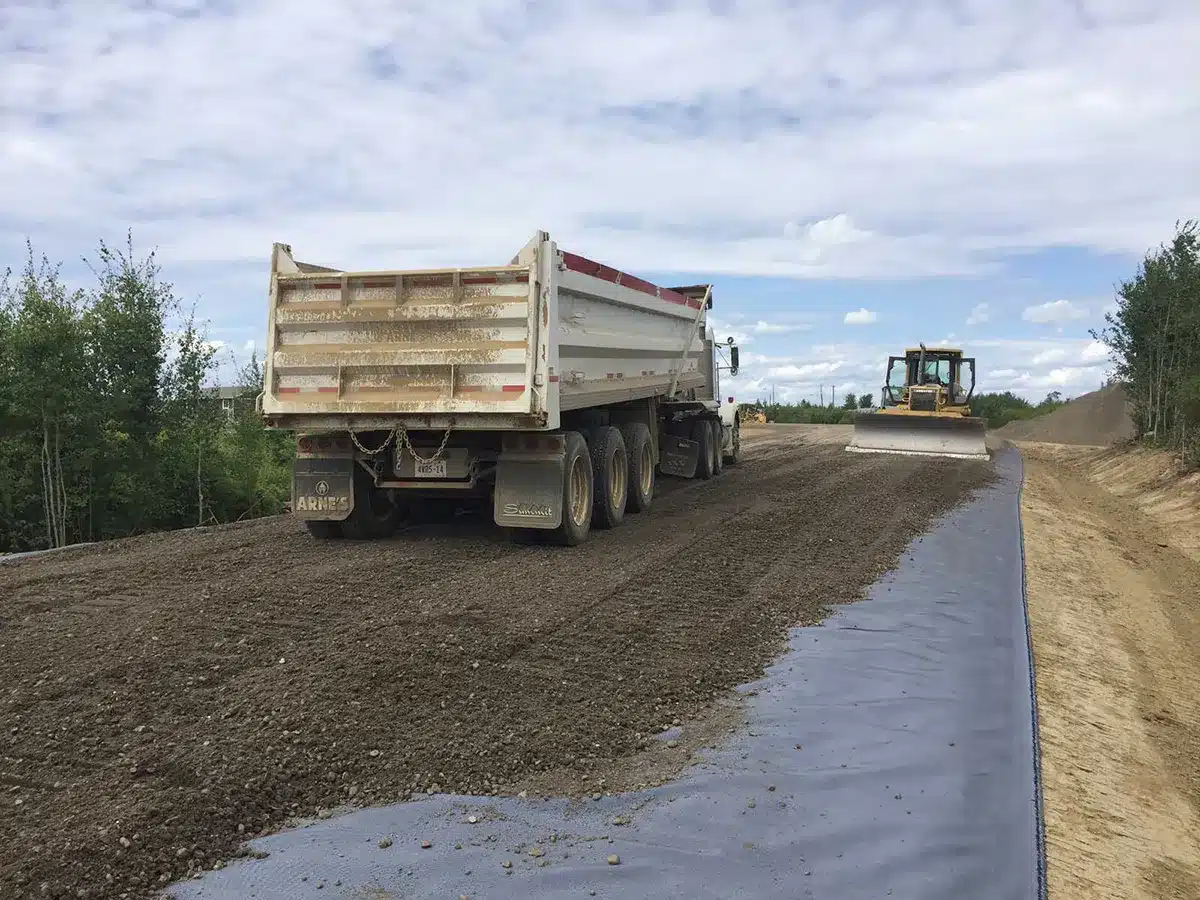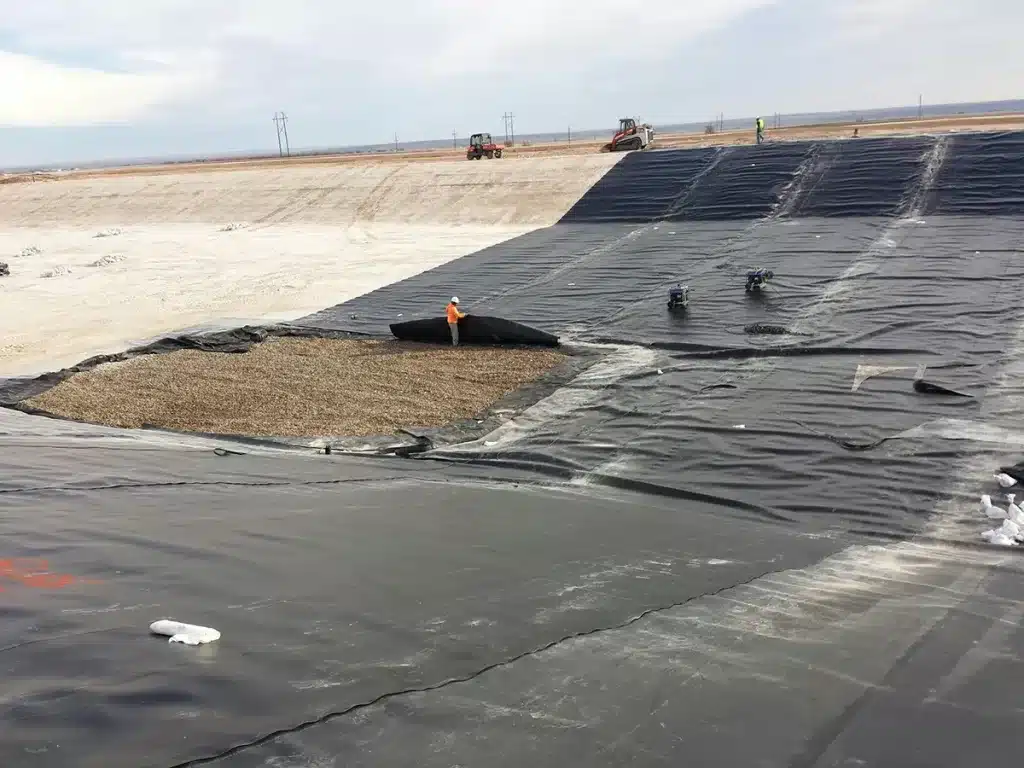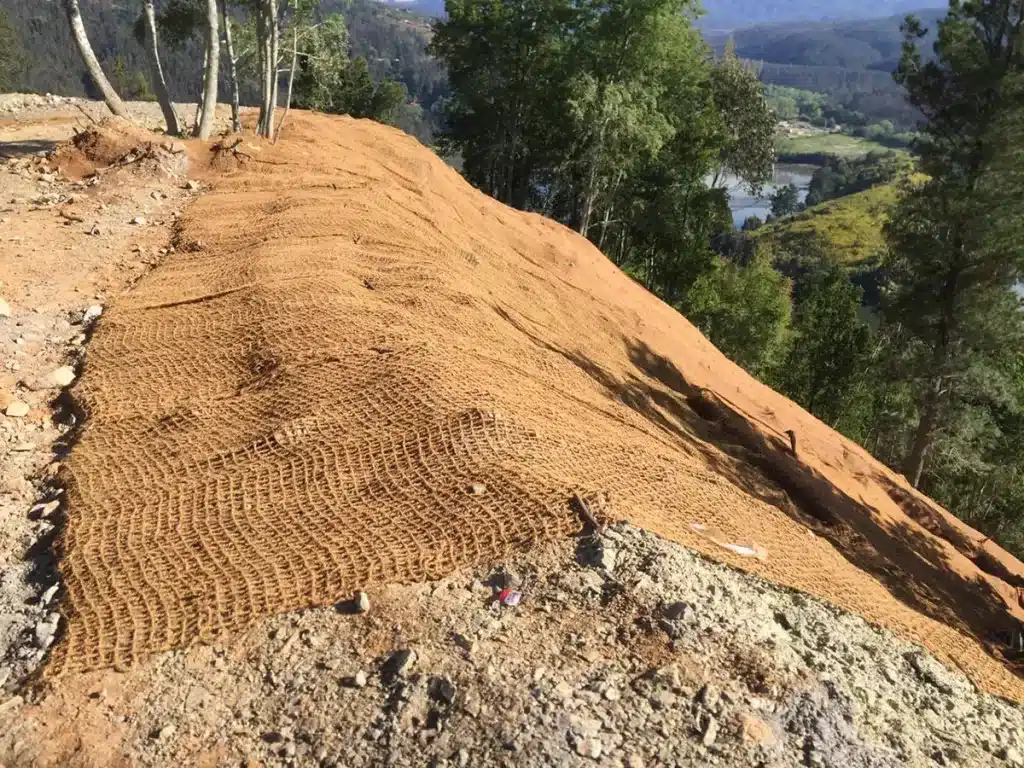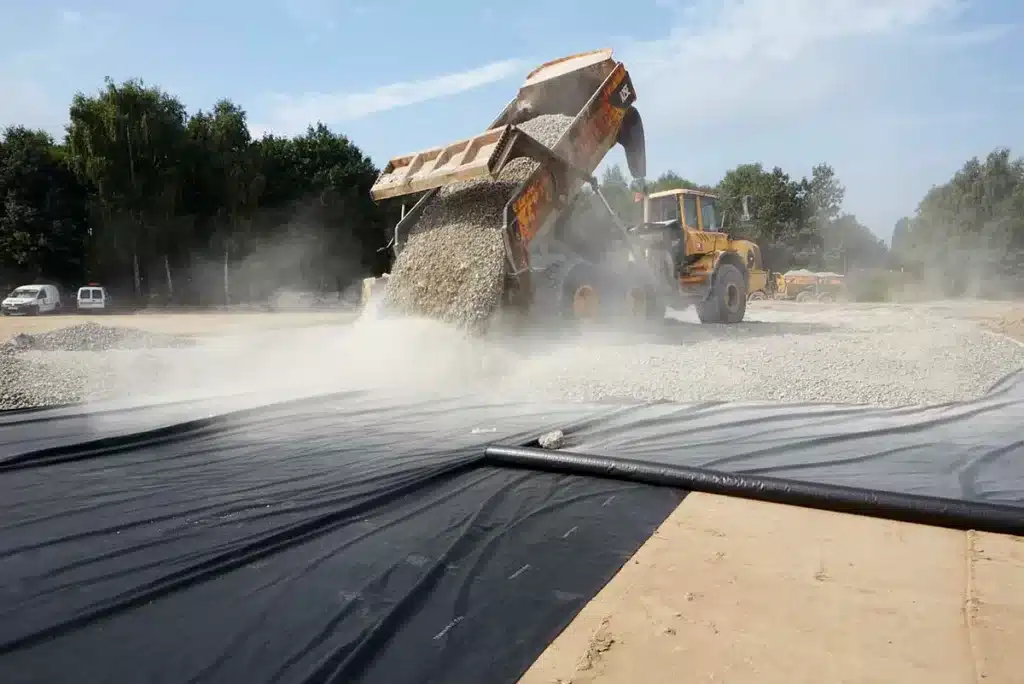+86-159 9860 6917
info@geofantex.com
geofantex@gmail.com
+86-400-8266163-44899
Woven geotextile fabric, often referred to as road construction fabric, plays a crucial role in modern infrastructure projects. This fabric is designed to enhance the stability and longevity of roadways by providing essential support and separation between different layers of construction materials. In this article, we will explore the applications and benefits of woven geotextile fabric in road construction, answering key questions about its use and importance.
What cloth is used in road construction?
In road construction, the primary cloth used is woven geotextile fabric. Geotextiles are thin & strong membrane fabrics that are used to reinforce soil & prevent damage. This fabric is made from synthetic materials, typically polypropylene or polyester, which are woven together to form a durable and robust material. Woven geotextile fabric is designed to provide high tensile strength, making it ideal for reinforcing and stabilizing roadways. Its ability to withstand heavy loads and harsh environmental conditions makes it a preferred choice for many road construction projects.

What is geotextile fabric in road construction?
Geotextile fabric in road construction serves multiple functions, including reinforcement, separation, filtration, and drainage. It is also used to fill gaps between roads and improve soil structure. Woven geotextile fabric strengthens the road base by providing a stable layer that distributes loads evenly and prevents the mixing of different construction materials. This enhances the overall durability and lifespan of the road. Additionally, the fabric’s filtration properties allow water to pass through while retaining soil particles, preventing erosion and maintaining the integrity of the road structure.
What fabric is used under the road base?
The fabric used under the road base is typically woven geotextile fabric. This type of fabric is placed between the subgrade and the aggregate layers of the road to provide separation and support. Woven geotextile fabric ensures that the road base remains stable and well-drained by preventing the intermixing of the subgrade soil and the aggregate base. This is essential for maintaining the structural integrity of the road and preventing issues such as rutting and subsidence.
What is road fabric for?
Road fabric, specifically woven geotextile fabric, is used to enhance the performance and longevity of roadways. Its primary purposes include:
- Reinforcement: Providing additional strength to the road structure by distributing loads and preventing deformation.
- Separation: Preventing the mixing of different soil and aggregate layers, which can compromise the stability of the road.
- Filtration: Allowing water to pass through while retaining soil particles helps prevent erosion and maintain drainage.
- Drainage: Facilitating water movement away from the road base and allowing water on the surface to flow through the gravel to the soil beneath, preventing waterlogging and associated damage.
Woven geotextile fabric, known as road construction fabric, is a vital component in the construction and maintenance of modern roadways. Its functions of reinforcement, separation, filtration, and drainage make it an essential material for enhancing the stability and longevity of roads. By understanding the benefits and applications of woven geotextile fabric, engineers and construction professionals can ensure the successful implementation of durable and reliable road infrastructure projects.



Get Free Sample
We’ll respond as soon as possible(within 12 hours)






















